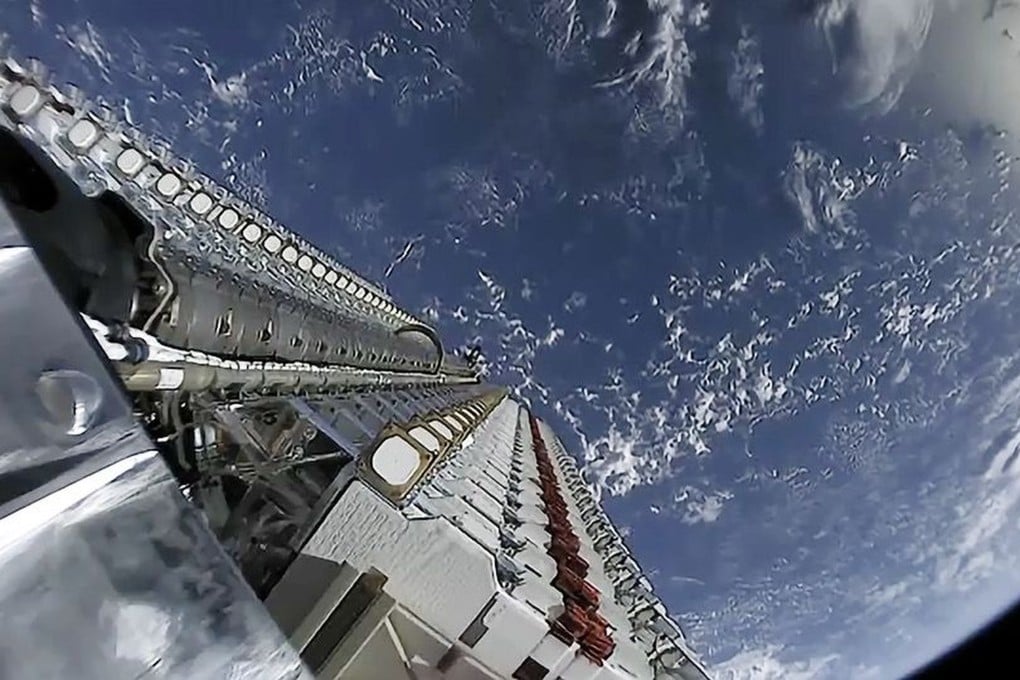Why Starlink and China’s internet satellite groups need to talk to each other
- Research by space agency team finds competing networks could harm each other, with an advantage to the smaller constellation
- ‘Lose-lose situation’ can be avoided if operations are coordinated to make sure everyone has enough room, CNSA study says

Internet satellite networks owned by different countries must coordinate their operations or risk hurting each other’s services, a study by China’s space agency has warned.
In one computer-simulated scenario, operators of the smaller network changed the satellites’ flight path to achieve full communication speed, causing a performance dip in the larger network.
This is because the larger network “does not know another system is making proactive moves and continues using the original strategy to communicate with ground stations”, according to the study published in the January edition of peer-reviewed journal Chinese Space Science and Technology.
But different satellite constellations often used similar radio frequencies which could interfere with each other when communicating with ground stations, Liu and his colleagues said.